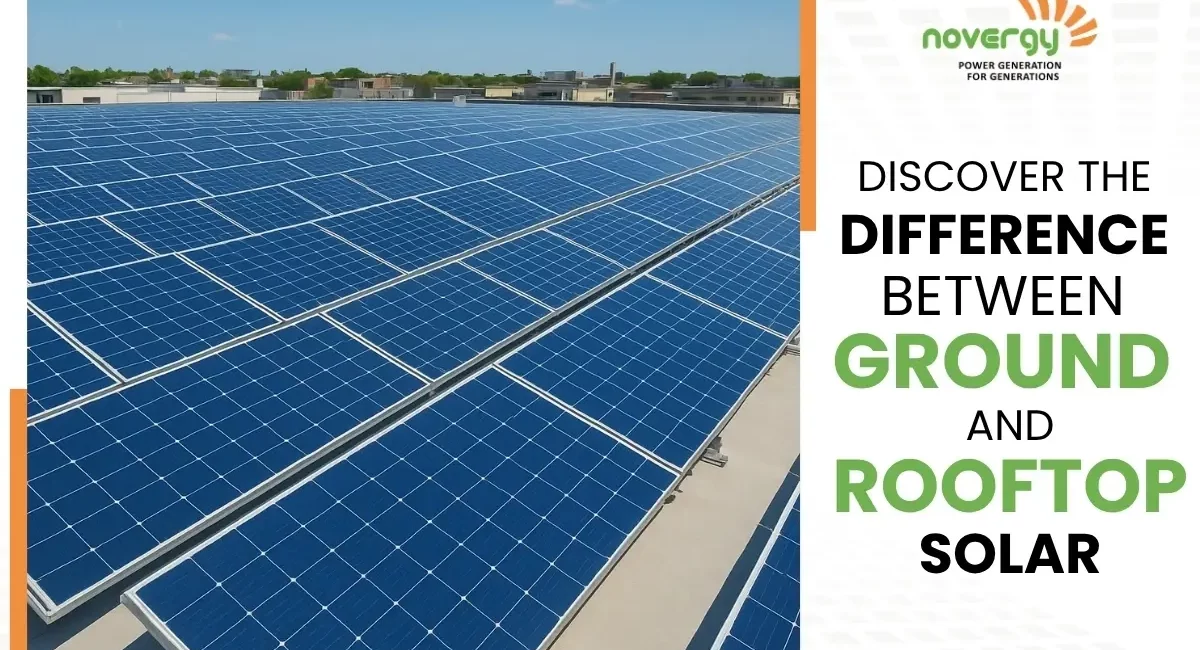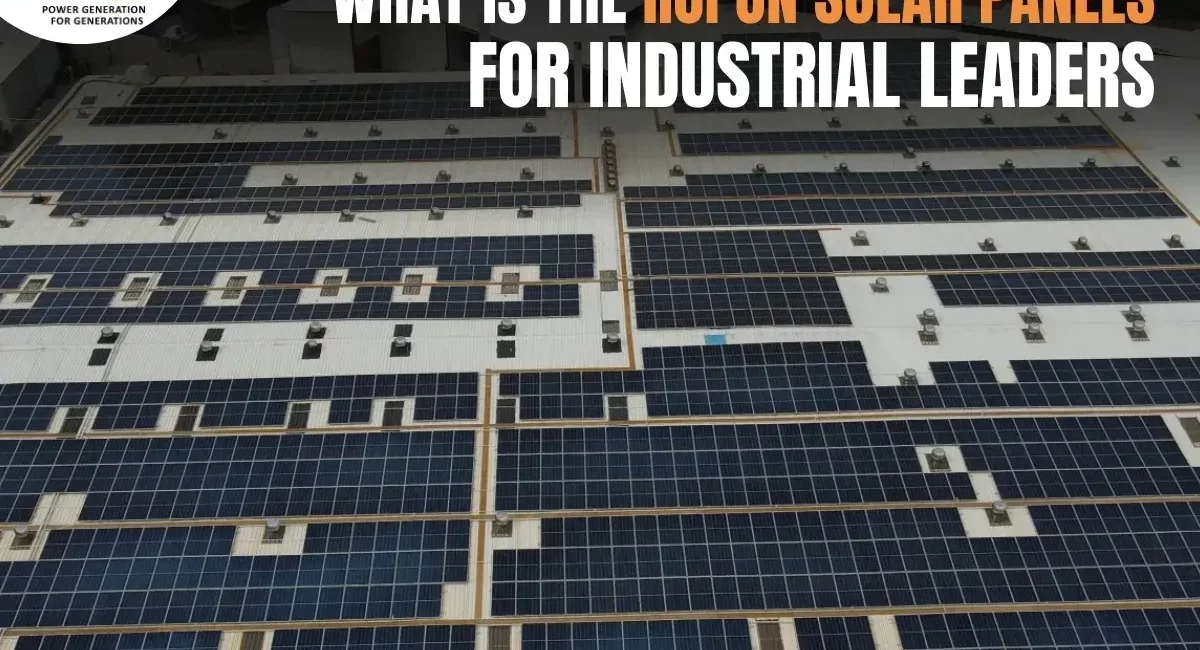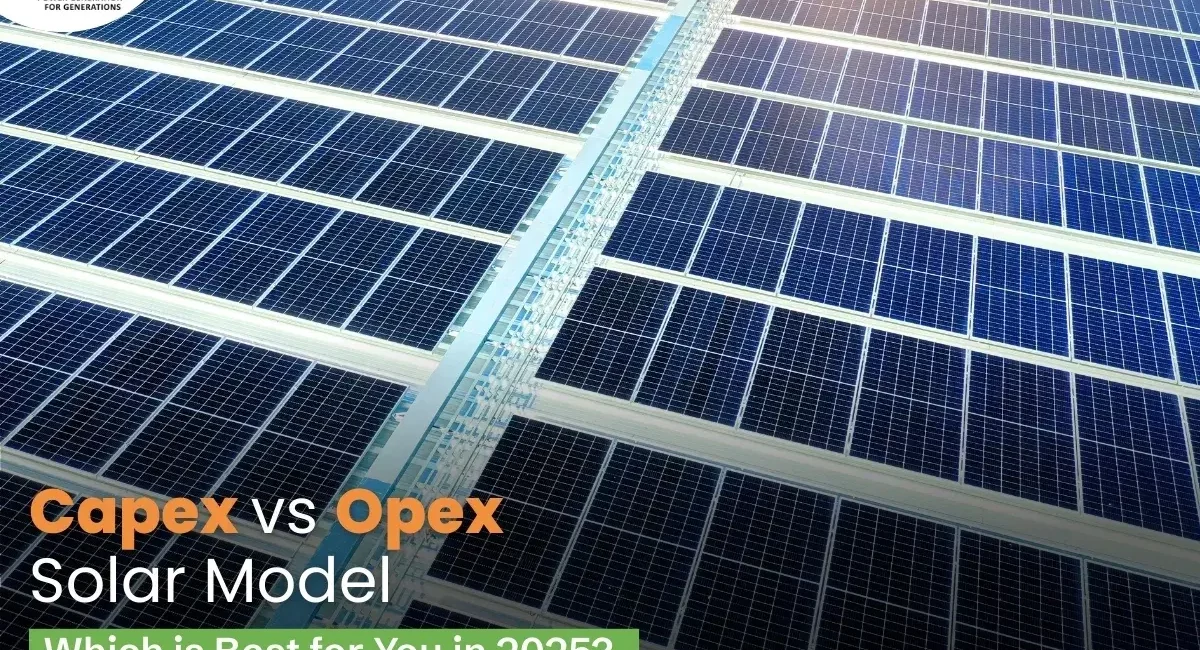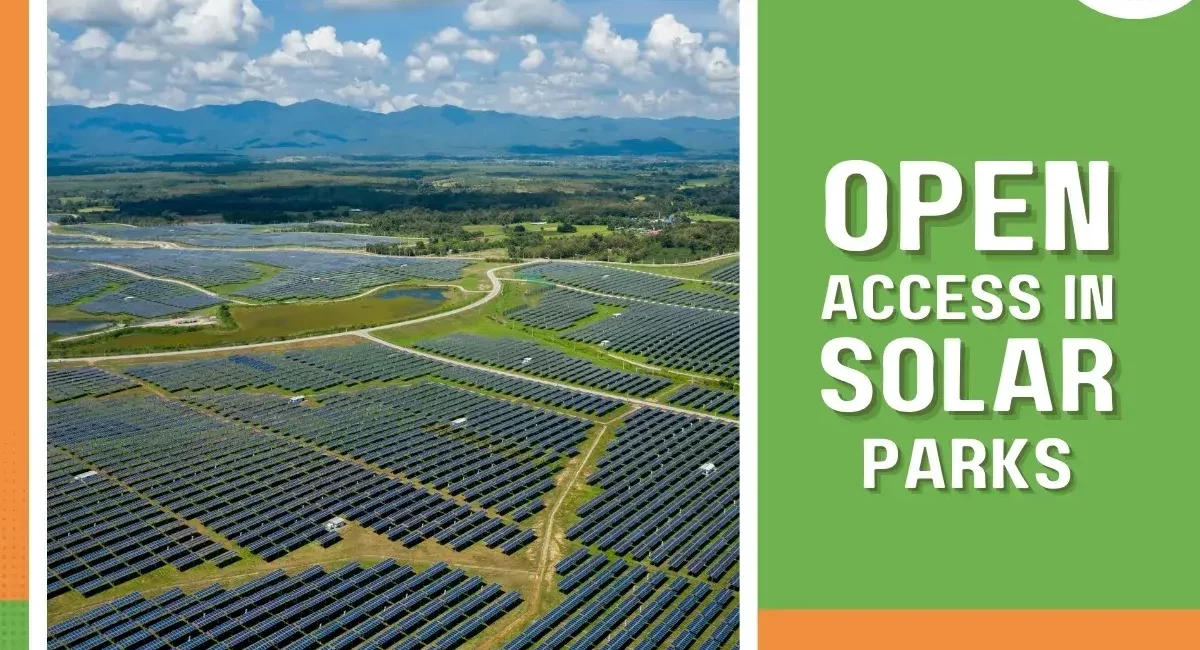

Power Generation for Generations
The Solar inverter is an essential component in most solar photovoltaic systems. They serve multiple purposes including converting the DC power coming from solar Photovoltaic modules into usable AC power compatible with the local grid.
Nowadays Solar inverters (Sometimes also called as Solar PCU) have many more features apart from a single DC to AC conversion. These include maximum power point tracking, battery charging, synchronization, anti-islanding protection, etc
Broad categories of solar inverters
Solar Inverters can be classified under following broad categories
- Simple solar DC to AC inverters.
These are the most basic kinds of solar inverters and basically serve the purpose of converting the DC from from the solar modules into AC power. Typically they are available in power ratings from as small as 50VA going upto 10000 VA.
The battery link voltage varies based on the capacity of the solar inverter. Typically smaller capacities upto 1000va are having a 12vdc nominal input voltage. Beyond 1000va the other common nominal voltages are 24v, 48v, 96v, 120v, 180v, 240v, 360v. Of course there may be cases where other voltages are used.
They are available in 2 variants, i.e. pure sinewave and quasi (modified) sinewave. They usually also require an additional solar controller (solar charger) so as to regulate and control the incoming power from the solar panels to the battery and inverter.
However, now they are practically on their way out of the market due to the concept of having solar inverters with integrated features.
- Solar Battery based inverters / Solar PCU
These are the types of inverters used in solar systems where a battery is being used to store the solar power. It basically is not only an inverter but also includes the solar controller and battery charger.
These are usually used in following situations :- Off-grid power systems, Remote power systems, Home based systems, locations with frequent power cuts, uninterrupted power requirement locations.
Such inverters may either have PWM based solar controllers or MPPT based solar controllers. However, nowadays more and more people are choosing MPPT based models due to the additional energy benefits of MPPT technology.
They may have a modified sinewave output or a true sinewave output.
These inverters may further also have an in-built AC grid charger so as to cover sites where the grid power is available but has interruptions. Such inverters are also called as Hybrid inverters Typically these models are available in single phase for power ratings starting from 500va onwards going upto 10000va. For higher power ratings like 10kva onwards, they are usually available in 3 phase. Models are even available upto power rating of 100KW. However for special projects requiring a higher power rating it may be feasible to have higher power rating models also.
The Battery DC nominal link voltage varies according to the power rating. As the power rating goes higher the DC bus nominal voltage ranges from 12vdc onwards going upto 360vdc.
- Solar on-grid inverters
These are also known as grid-tie inverters. They are basically solar inverters which have a solar controller (usually MPPT nowadays) plus a conversion section and then a synchronizing and control section to regulate and manage the AC Output power being generated This is now the most widely used category of solar inverters. In fact most of the solar systems installed today are using such kinds of inverters.
These solar inverters are the most popular ones used for net metering or bi-directional metering or gross metering systems.
These inverters do not have any storage capabilities and hence are not capable to have any kind of battery bank to be connected to them.
They are available in various power ratings typically starting from 1 KVA and going upto as high as 2000 KVA in a single unit.
They provide the AC output in different configurations such as Single phase / three phase. Output voltage of 400V (L-L) / 220v (L-N) /110v (L-N) . Output frequency of 50hz / 60hz.
Usually the string inverters are supposed to follow the local grid conditions. Eg. In some countries these inverters will have a 50hz output to match the local grid while in others they may have a 60hz output.
Although many products are available now with the same model having the capability to work on both frequencies.
Further most string inverters come with an anti-islanding feature. This is kept as a safety feature so as to trip the inverter in case the grid supply is not available. (because it is generally assumed that if the grid supply is not available, then there may be some maintenance work going on and hence it could be potentially harmful if the solar system continues to generate power in such a scenario)
Most common solar grid tie inverters use highly reliable IGBT technology. They involve high frequency switching to first convert the input DC voltage to a common DC bus voltage and then converting it to AC output.
Nowadays solar on grid inverters are available with DC to AC conversion efficiencies of upto 98.5% and MPP tracking efficiencies exceeding 99%.
These inverters are further classified into 2 categories.
C1. String inverters. These are typically smaller inverters with a smaller number of solar strings connected to them (hence the name “String inverter”). Usually they are available in power ratings from 1KVA to 67KVA. Further string inverters are available in single phase and three phase variants.
Usually Single phase models are available from po wer ratings of 2kva onwards upto 5kva. These models typically have an internal DC link voltage of 360 to 400vdc.
And for higher power ratings like 10kva and higher they are available in 3 phase. These models typically have an internal DC link voltage of 600 to 700vdc.
C2. Central inverters. For larger solar systems like 10MW or higher it is not so convenient to have many units of string inverters. Hence here the preferred inverter choice is to use central inverters. Typically central inverters are available in power ratings ranging from 250KVA upto 2000KVA or even higher. Nowadays larger central inverters are also available in models with additional or optional features such as a containerized enclosure, LV to MV step up transformer, LV switchgear and circuit protections , MV switchgear and circuit protections, etc
However, these inverters have a drawback that they can not work in the absence of a primary source , i.e. electric grid or DG power.
- Solar multi mode inverters
There are a number of situations where one may require the features of on-grid and battery based inverters in a single unit. Such inverters are called as multi-mode inverters because of their capability to operate in different modes depending on the client preference or depending on certain preset conditions. They incorporate facility to cater to the loads and then based on grid availability, solar power input, battery condition manage the whole system automatically.
They are also well adapt to cater to the different scenarios such as Grid power outage, excess solar power, battery charge and discharge, etc.
Hence the same inverter can serve multiple purposes and scenarios. The beauty is that for sites where there is a seasonal power cut scenario, then such solar inverters serve an ideal purpose.
For example taking the case of an office wanting to install a solar system. They have a typical scenario that during summer months they face frequent power cuts and grid outages. But during other months they don’t have any power cuts. Hence in a traditional scenario they would be forced to choose either the battery based inverter model or grid tie solar inverter. And then they would be in a difficult situation of not having the right solution
Usually they are available in ratings of 3kva / 5kva in single phase. And for higher power ratings such as 10kva onwards, they are available in 3 phase
- Solar pumping inverters.
These are specifically meant for running AC asynchronous motors and pumps. They are primarily designed to directly run the pumps from solar panels without the need for any additional battery storage or other special features in grid tie inverters such as anti-islanding / grid code compliance / etc Most solar pumping inverters today use MPPT technology.
The output they provide is a variable V-I-F (Voltage – Current – Frequency) output. Hence the output from these solar inverters varies according to the input from the solar array. Thus the AC motor runs at different frequency / voltage based on the input available.
Usually solar pumping inverters are available in 2 variants.
The first is suitable for pumps with ratings upto 3hp / 4hp. Here the AC output is typically having a nominal voltage of 220v, 3phase. Most models in the market have a DC input voltage range of typically 150 to 400vdc.
The second category consists of solar inverters suitable for pumps of rating 5HP and higher. This could go upto even as high as 100HP. Here the nominal AC output voltage is 380 / 400 / 415V, 3 phase. Most models in the market have a DC input voltage range of typically 400 to 800vdc.
However, one of the limitations here is that these inverters are ideally suited to 3 phase motors only and can not be used with single phase input motors.
Conclusion
The choice of solar inverter is based on the kind of solar system being installed. With the wide variety of solar inverters available it is now possible to design and install a solar system to match the exact site requirements well.
There may also be situations where at a single location 2 types of solar inverters are used to cover different requirements.
It is important to bear in mind that choosing the right solar inverter model and also the right vendor / manufacturer is crucial to the reliability, performance and longevity of the solar system.
Be careful to choose solar inverter having better DC to AC efficiency and also having necessary protections.
Further ideally you should select a vendor who has a proven track record and will be able to provide you the necessary service, support and spares in case of any problems.
[/fusion_text][/fusion_builder_column][/fusion_builder_row][/fusion_builder_container]












